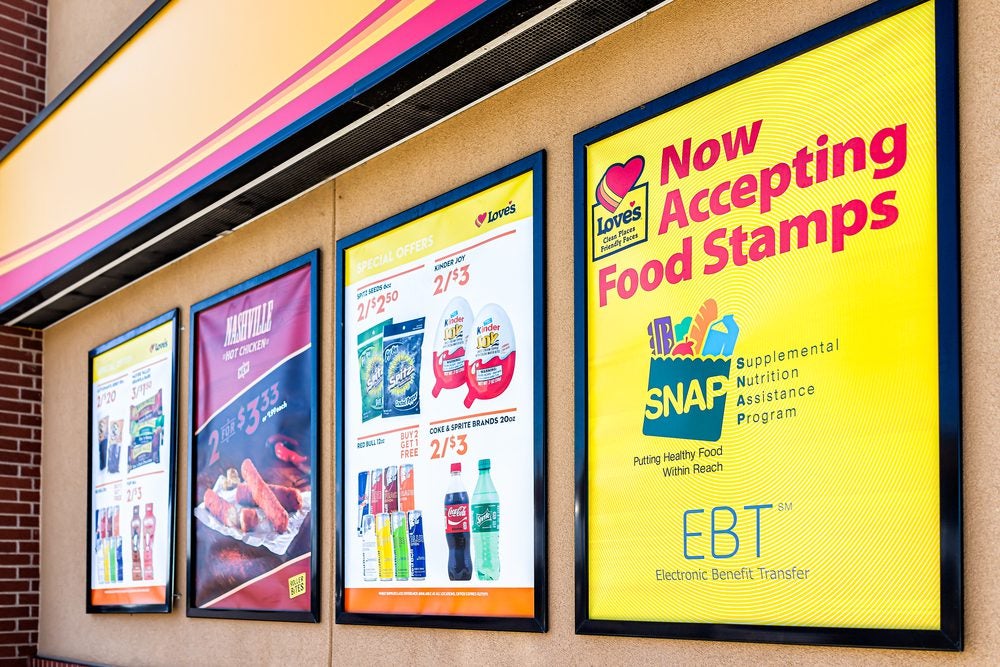American companies may not be as CRM-savvy as you think.
They are willing to spend money on it (or on parts of it). For example, 70% plan to increase their database management investments, and almost 60% will spend more on data quality management, according to a study from CSO Insights Inc. and Harte-Hanks Inc.
But that may be because they have no choice. Many companies are lagging when it comes to applying accepted CRM practices, the survey shows.
For example, almost 30% have no method for measuring customer profitability. And some seem reluctant to share customer data internally.
Worse yet, only 53% reported that their customer data is 75% accurate and current. And more than 40% rated their data quality levels at 50% or less. (The numbers are even worse for prospect data—only 20% rate it as 75% accurate).
CSO Insights argues that this is “the key data management challenge.” And that is hardly the only one: Another is data sharing.
Most firms surveyed share data with their marketing staffs, and less so with their direct sales and contact center people. Less than half dispense it to their finance departments. And few companies share data with external channel partners or stores and franchises.
This tightfistedness could result in problems, according to the authors of the report.
“If companies do not deal with the issue of information sharing now, they may well be compounding the problem of data rationalization as they struggle to receive an accurate and complete view,” they report.
And less one third rate as good their performance in sharing data with all touchpoints. In fact, almost 40% rate it as poor or very poor.
Another issue is failure to measure customer profitability.
Almost a third of all firms have no method of doing it. Another 37.8% use benchmarking data, 25.9% rely on internally developed analysis software, and 9.7% turn to commercial software.
“A common challenge is that the data needed to do customer value calculations can be found only in various disparate systems,” the authors write. “To leverage analytics software requires that the data be pulled form these systems and rationalized before any meaningful analysis can take place.
They add that “with enhancements being made in the area of analytics software and database rationalization, we expect to see a rise in the number of firms turning to such software to deal with this challenge, especially when they see the benefits that can be achieved by doing so.”
Only a third of all respondents said that they are good or very good at accurately calculating customer profitability. Almost 30% said they are poor.
And what would companies like to learn from customers to improve their marketing?
The most desired insight was customer perceptions of products and services. This was followed closely by reasons for not buying and marketing campaign impact, and a little further down by customer loyalty factors.
Way down the list—at 28.4%–were customer satisfaction factors. And only 22.5% of the companies were interested in company/service/staff perceptions.
The study also offered insights on the following CRM-related subjects:
1. One-to-One: Less than 44% reported that they regularly utilize one-to-one marketing methods. Another 56% said they use them informally or not at all. According to CSO, that may be because of they may not have the data they need.
But the companies that do pursue one-to-one report at least some level of success. Almost 40% have seen significant improvements, and 45% have experienced minor boosts.
2. Investment: As reported, database management is number one at 70%. E-mail follows with more than 60%, and Web design with slightly less than 60%.
Web site optimization ranks high at over 50%. But less than half plan to spend more on direct mail, and only a third will on telemarketing. Moreover, direct mail and telemarketing are the only two media to experience double-digit shrinkage rates.
To conduct this research, CSO Insights surveyed 281 companies via the Web. The largest group of participants, at 39.7%, were service-related firms. These included financial, information, legal, business consulting, and advertising/PR companies, These were followed by high-tech companies (20.5%), retail (9.6%) and other (11.8%). The latter included nonprofits, education, automotive, healthcare and other segments).
Of those surveyed, 92 companies had revenue greater than $500 million, 53 had $2 billion or more, and 189 reported revenue of $10 million to $500 million.
The study was underwritten by Harte-Hanks, and received additional support from CRMGuro.com and Sales and Marketing Executives International.
To comment on these findings, please e-mail us at rschultz@primediabusiness.com



